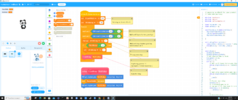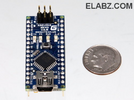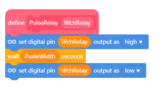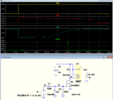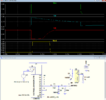Stage_lighting_guy
- Apr 13, 2023
- 4
- Joined
- Apr 13, 2023
- Messages
- 4
Full story, Im using a Decade counter to switch relays, 5V, I need the relays to be momentary. I understand that putting a Cap in the circuit to charge then stop the current flow when charged will achieve this. This is controlled by transistor before the relay. Is it better to stop current to the transistor or the switched current at the relay?
The cap needs to be discharged ready for the next cycle of the counter.
Thanks
The cap needs to be discharged ready for the next cycle of the counter.
Thanks


